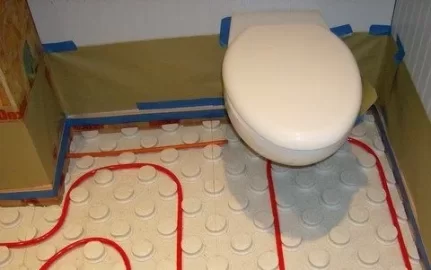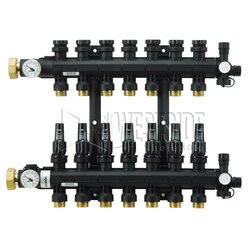maple1
Minister of Fire
Do you monitor humidity levels with a humidity monitor? Preferably more than one? Is there a ventilation system in the house?
Hearing the need for a dehumidifier in the winter is a bit surprising. I vent our drier indoors, we don't have any vent fans in the bathroom or kitchen that vent outside, I keep our winters wood in the basement, and we use a clothes rack in the bathroom for drying clothes once in a while. Our Venmar can keep the humidity levels good all winter just by running intermittently, quite infrequently. House is typical 20 year old construction. It is on a windy hilltop though. Usually people find the need to humidify in the winter, and not dehumidify. Is there an open sump or do you get water seepage into the basement?
(Guess we're getting a bit off the topic....)
Hearing the need for a dehumidifier in the winter is a bit surprising. I vent our drier indoors, we don't have any vent fans in the bathroom or kitchen that vent outside, I keep our winters wood in the basement, and we use a clothes rack in the bathroom for drying clothes once in a while. Our Venmar can keep the humidity levels good all winter just by running intermittently, quite infrequently. House is typical 20 year old construction. It is on a windy hilltop though. Usually people find the need to humidify in the winter, and not dehumidify. Is there an open sump or do you get water seepage into the basement?
(Guess we're getting a bit off the topic....)





